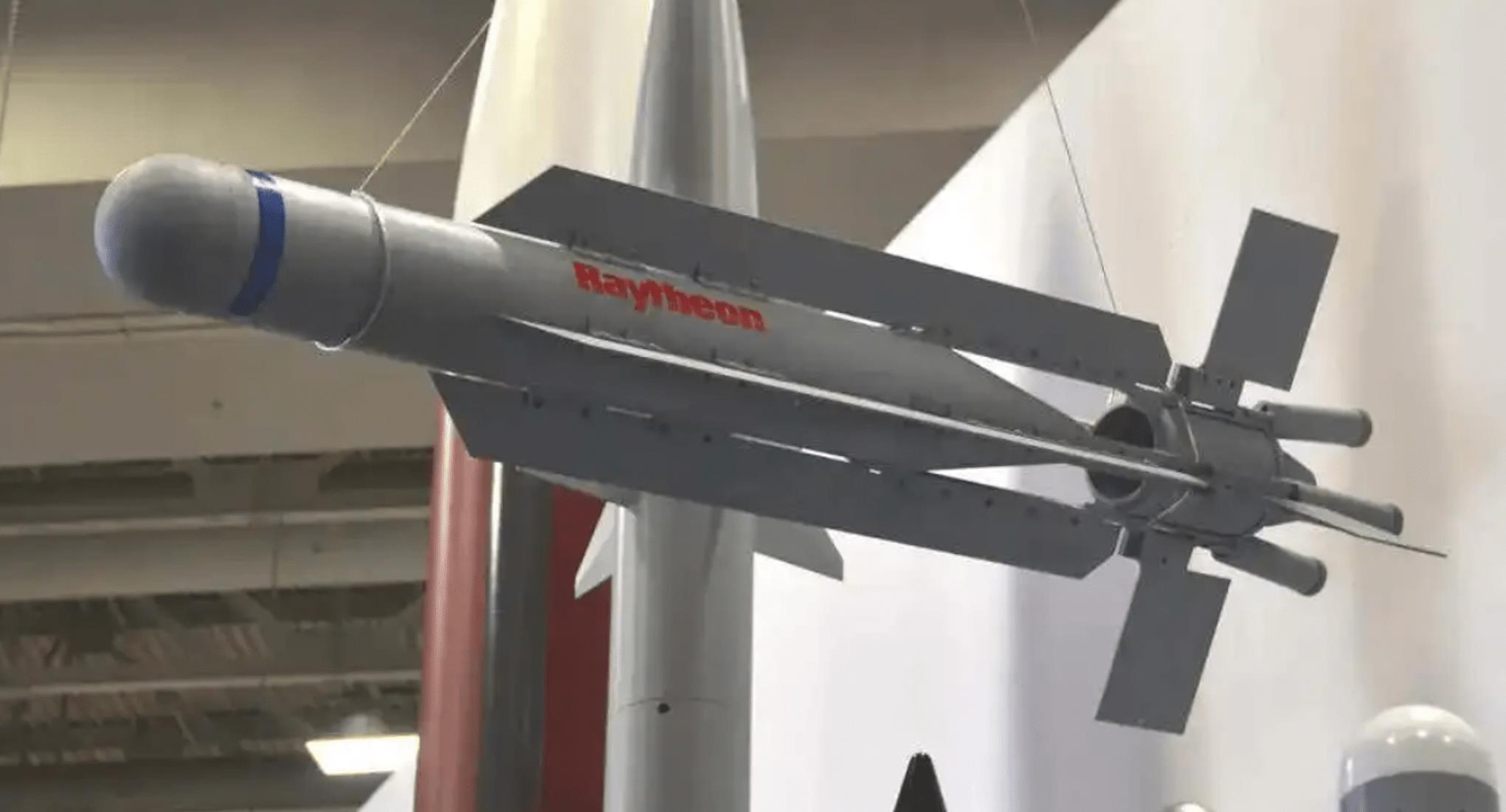(MENAFN- Asia Times) On Thursday night, a“kamikaze suicide drone” appeared from nowhere, and attacked an oil tanker off Oman, in the Arabian Sea.
According to a report in the UK's The Sun , the blast killed a British armed forces veteran and a Romanian crew member on the 600-foot Mercer Street.
No one has claimed responsibility for the night raid on the Liberian-flagged tanker, but US officials raised the possibility that a government or a militia group was behind it.
The US Navy rushed to the scene and was escorting the tanker to a safe harbour.
Analysts said the attack bore all the hallmarks of tit-for-tat exchanges in the“shadow war” between Israel and Iran, in which vessels linked to each nation have been targeted in waters around the Gulf.
Meir Javedanfar, an expert on Iranian diplomacy and security at Israel's IDC Herzliya university, told Agence France-Presse the attack was“most probably Iran.”
So … how do you stop a deadly kamikaze drone? What if it attacks the White House, or a world leader, or an important occasion? Or an Olympics?
Experts say, a cheap drone can be purchased from a Costco store, and easily modified with weapons. Mexican drug cartels, for example, have already shown their ingenuity in using cheap drones to kill their rivals or critics.
Well, the US Army might just have the answer to drones, and even worse, drone swarms.
A reusable Coyote Block 3“non-kinetic warhead effector” successfully defeated a swarm of drones during a US Army test at Yuma Proving Ground in Arizona, TheDefensePost reported.
Rather than utilizing contact projectiles such as bullets, the Coyote used electronic or directed energy systems, its developer Raytheon Missiles & Defense, said.
“Non-kinetic” refers to systems that defeat hostile unmanned aerial vehicles (UAVs) without using a physical projectile of any kind.
That would typically mean the Coyotes used either an electronic warfare“jammer,” or a form of directed energy like high-powered microwaves, The War Zone reported .
Drones carrying non-kinetic counter-UAS (C-UAS) solutions have an advantage over drones armed with traditional munitions in that they can be reused, as opposed to being destroyed by onboard explosives.
In addition, some of these non-kinetic solutions can engage multiple targets without needing to be rearmed.

During the exercise, the US Army's Coyote non-kinetic warhead engaged with 10 enemy drones of varying sizes, taking down all of them. Credit: Handout.
A small missile-like drone, Raytheon's Coyote can be launched from tube systems.
Its payloads can be easily interchanged on the field making it versatile for surveillance as well as strike operations.
Small and expendable, Coyotes can also be used in swarms like the US Navy plans to use in their LOw-Cost Unmanned aerial vehicle Swarming Technology (LOCUST) program.
However, the company fell short of disclosing any specifics about what type of non-kinetic technology the Coyote warhead employed.
During the exercise, the Coyote engaged with 10 enemy drones of varying sizes, taking down all of them.
Raytheon states that the recent tests at Yuma also achieved several firsts for the Coyote aside from air-to-air non-kinetic defeats.
This includes“survivability, recovery, refurbishment and reuse during the same test event,” successful integration with launchers from the Coyote Block 2 system, and engagement at long range using the Ku-band Radio Frequency System.
The latter is a 360-degree radar used for detecting short-range threats like rockets or mortars, and UAVs.
“This test demonstrates the effectiveness of Coyote to counter complex unmanned aircraft systems,” said Tom Laliberty of Raytheon.
“As a non-kinetic variant, we're offering an effective weapon against the threat and value to the Army in the form of an affordable, reusable asset.”
The Coyote, made by Raytheon Missiles & Defense, is a small, tube-launched UAV capable of being launched from larger aircraft or even unmanned underwater vehicles (UUVs) and unmanned surface vehicles (USVs).
While the Army has eyed the Coyote specifically for anti-drone roles, it has been mainly developed as a loitering munition, or“suicide drone,” sometimes even referred to as a“low-cost cruise missile.”
Sources: The Sun, TheDefensePost, AFP, The War Zone, Interesting Engineering
MENAFN30072021000159011032ID1102544638
Legal Disclaimer:
MENAFN provides the information “as is” without warranty of any kind. We do not accept any responsibility or liability for the accuracy, content, images, videos, licenses, completeness, legality, or reliability of the information contained in this article. If you have any complaints or copyright issues related to this article, kindly contact the provider above.